Industrial Transmission Drives are key components in manufacturing and processing systems, responsible for transmitting the power of motors to various mechanical equipment. Their efficiency directly affects production costs, energy consumption, and equipment life. Understanding the key factors that affect the efficiency of industrial transmissions can help engineers optimize performance, reduce failure rates, and improve the reliability and economy of the overall system.
1. Type of Transmission Drive
The type of transmission device is the primary factor affecting efficiency. Different types of transmission devices have different design structures, power transmission methods and loss mechanisms:
Belt Drives
Belt drives are often used to transmit power over longer distances. Their efficiency is usually between 90%-98%. V-belts and synchronous belts are more efficient because they reduce slip by increasing friction and bite force. Synchronous belts use a toothed design, which does not cause slippage during transmission and has the highest efficiency. The tightness, material and maintenance of the belt also affect efficiency.
Gear Drives
Gear drives are one of the most common and efficient transmission methods in industry. Modern gear designs (such as helical gears and planetary gears) can achieve efficiencies of 98%-99%. The efficiency of gear drives is greatly affected by gear materials, tooth design, processing accuracy and lubrication conditions. Gear tooth optimization can reduce meshing friction and impact and improve transmission stability.
Chain Drives
Chain drives usually have an efficiency of 95%-98% and have good impact resistance and transmission rigidity. The chain must be kept well lubricated and tensioned, otherwise it will increase wear and reduce efficiency. Chain drives are suitable for heavy loads and harsh working conditions.

2. Alignment and Installation
The accuracy during installation has a significant impact on transmission efficiency. Poor alignment leads to:
Uneven bearing load, increased friction and wear.
The belt or chain deviates from the guide rail, causing slippage or tooth skipping.
Improper gear meshing, causing vibration and impact.
Proper axial and radial alignment and tightening can effectively reduce unnecessary mechanical losses. Using laser aligners or precision measuring tools can ensure the optimal alignment of transmission components, thereby improving efficiency and life.
3. Lubrication Quality
The role of lubrication is to reduce friction, prevent wear and corrosion. Poor lubrication can lead to:
Direct metal contact on the gear surface, resulting in high wear.
The chain rusts, causing chain jamming and energy loss.
Increased wear of pulley bearings increases energy consumption.
Choosing the right type of lubricant (mineral oil, synthetic oil, grease), keeping it clean and changing the lubricant regularly are the keys to maintaining efficient transmission. In addition, modern industry is increasingly using automatic lubrication systems to ensure continuous and consistent lubrication.
4. Load Conditions
The design load range of the transmission system usually has certain limits:
Overload will cause excessive wear, deformation or even damage to the transmission parts, and the efficiency will be greatly reduced.
Under light load, the transmission parts do not reach the optimal working state, resulting in unstable sliding or vibration, which affects efficiency.
Ensuring that the transmission system operates within the designed load range and avoiding frequent overload and no-load start-up is conducive to maintaining high efficiency and extending life.
5. Temperature Control
When the transmission device is working, friction generates heat. Excessive temperature will lead to:
Lubricant performance deterioration, viscosity reduction or oxidation deterioration.
Thermal expansion of gear materials affects meshing accuracy.
Accelerated component fatigue and shortened life.
Using forced cooling, fan cooling or water cooling systems to ensure that the transmission device operates within the appropriate temperature range is an effective means to improve efficiency and stability.
6. Material and Design
Efficient transmission depends on high-quality materials and reasonable design:
In terms of materials, high-strength alloys and low-friction composite materials can reduce energy loss.
The tooth shape design of the gear affects the meshing efficiency. Optimized designs such as involute tooth shape can minimize friction and impact.
Lightweight design reduces inertia loss while ensuring strength.
In the industrial field, new materials (such as carbon fiber, ceramic coating) and advanced manufacturing technologies (such as precision machining, heat treatment) are constantly being used to improve transmission efficiency.
7. Maintenance Practices
Regular maintenance can timely detect and eliminate potential hidden dangers:
Check lubrication conditions and add or replace lubricants.
Clean up dust and dirt to prevent wear caused by foreign matter.
Replace worn parts in time to avoid chain damage.
Use predictive maintenance technologies such as vibration analysis and temperature monitoring to warn of failures in advance.
Good maintenance management not only ensures transmission efficiency, but also extends the service life of equipment and reduces the risk of production downtime.
8. Environmental Factors
Harsh environments can have a negative impact on transmission systems:
Dust and particles can easily enter the lubrication system, increasing wear.
Humidity and corrosive gases accelerate rust and deterioration of metal parts.
High or low temperature environments may affect lubricant performance.
Use sealing devices, protective covers, corrosion-resistant materials and environmental control equipment to effectively resist the impact of the external environment on the transmission system.

 ENG
ENG
 English
English русский
русский Español
Español
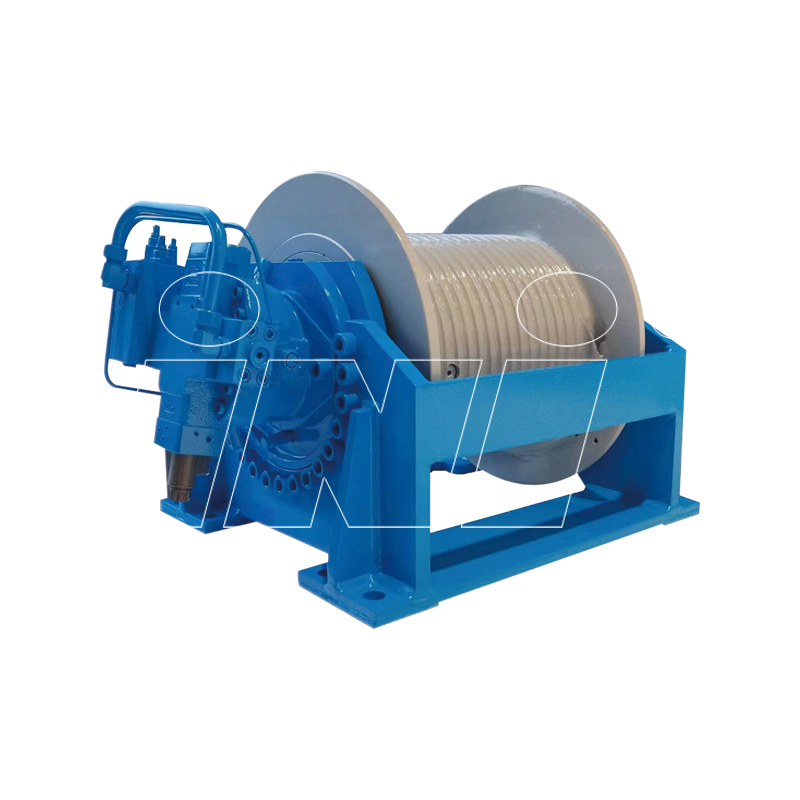
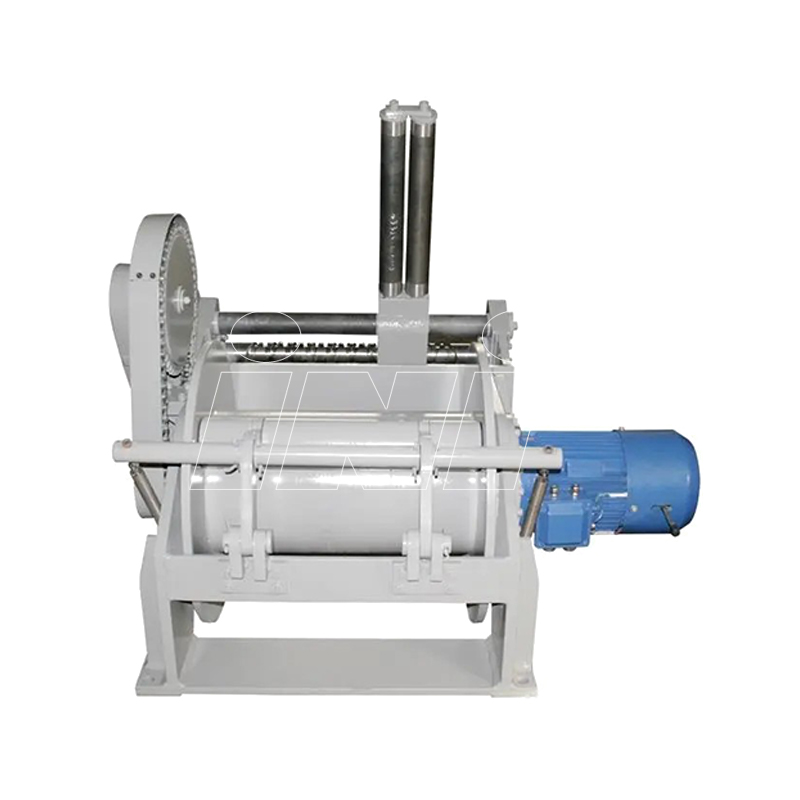
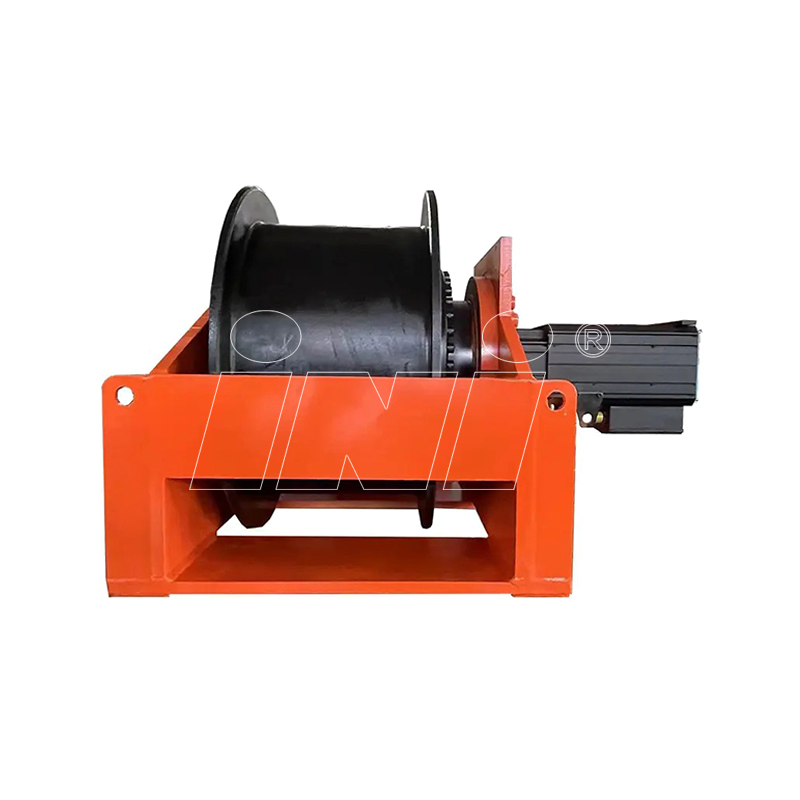

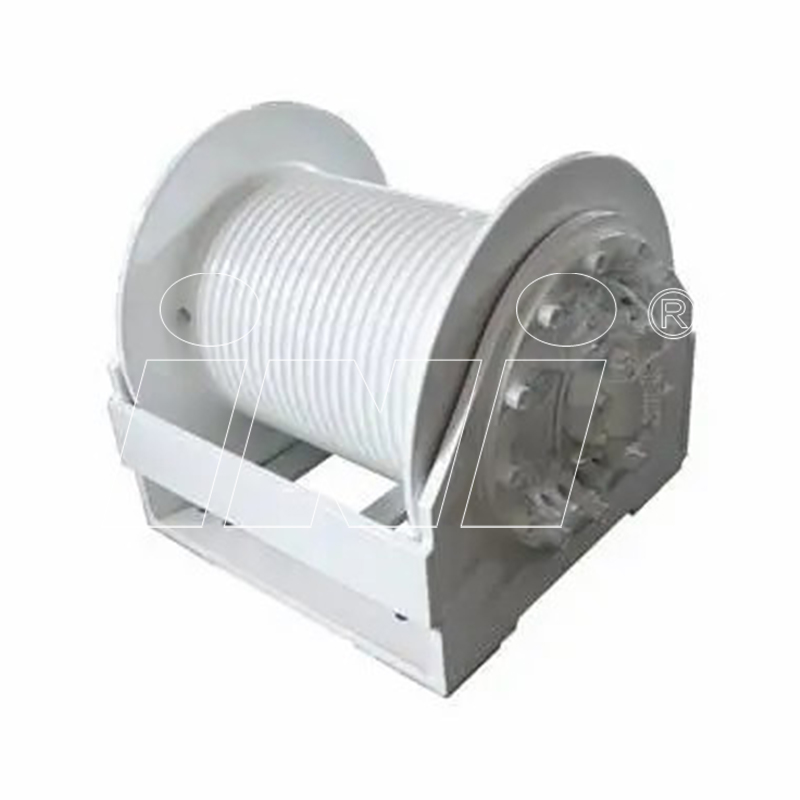
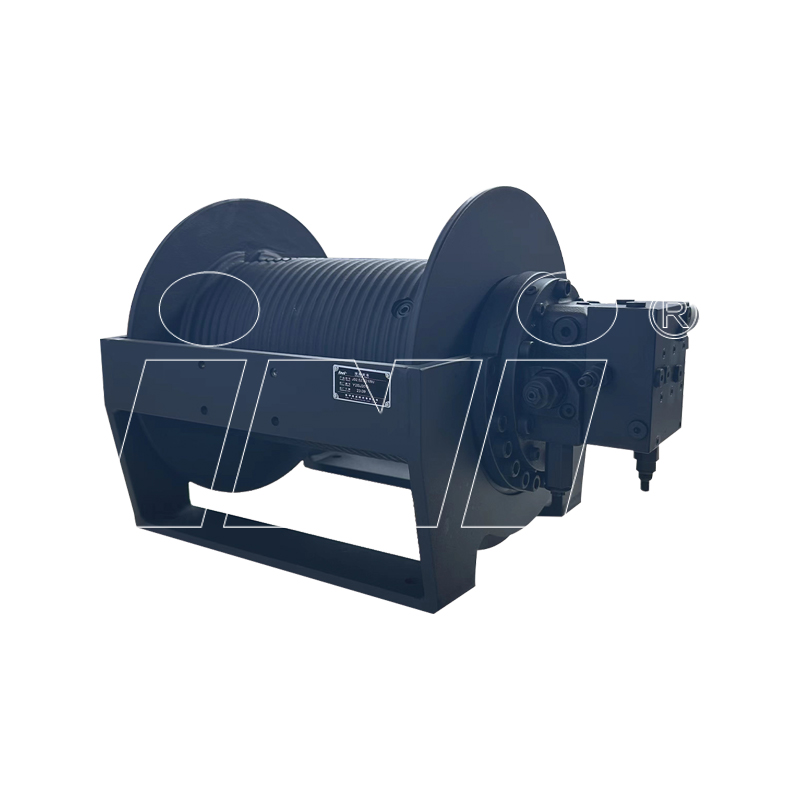
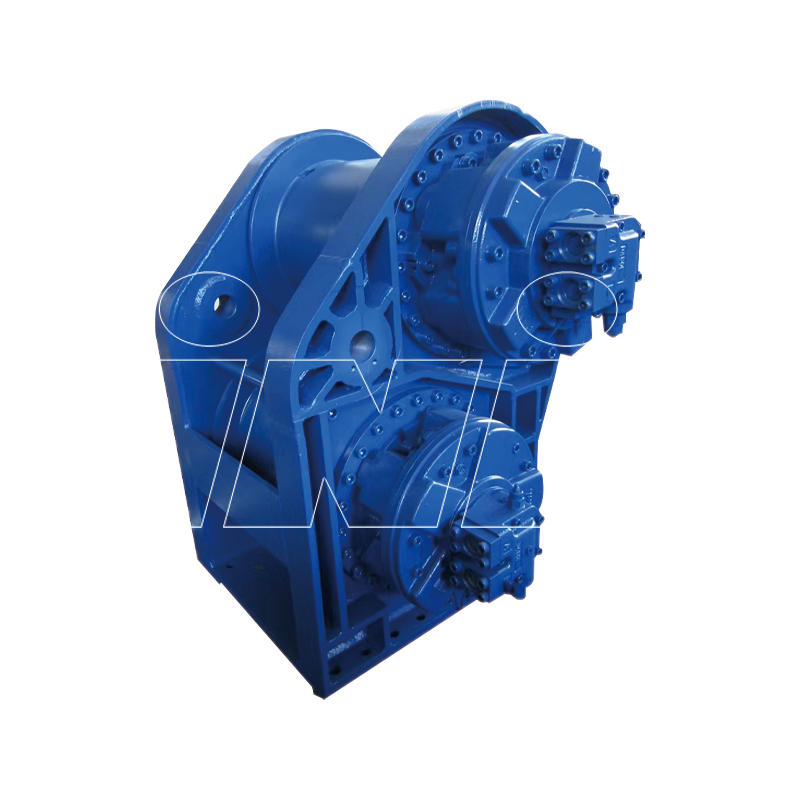

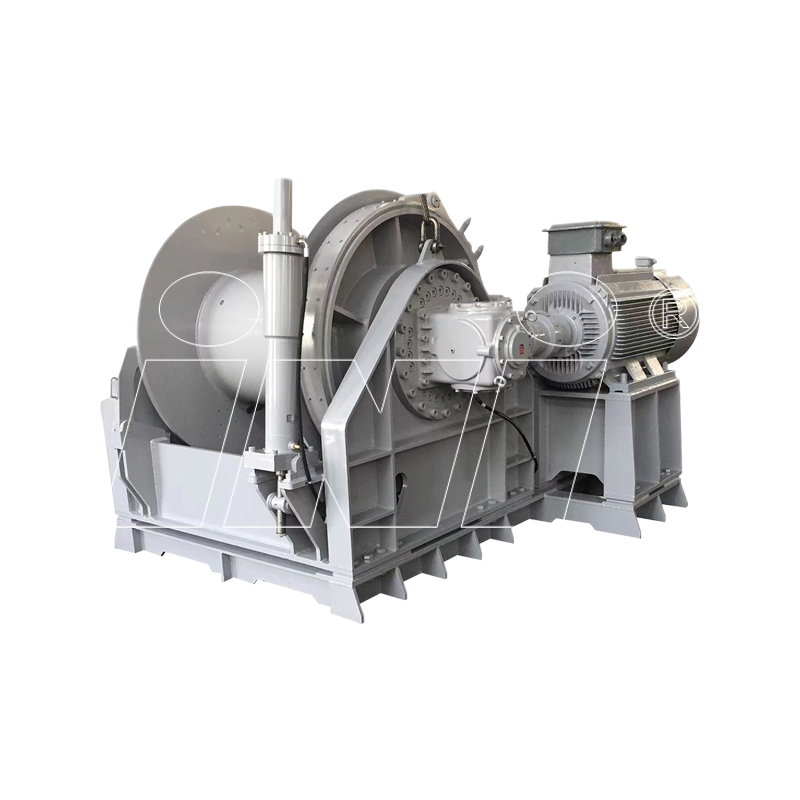

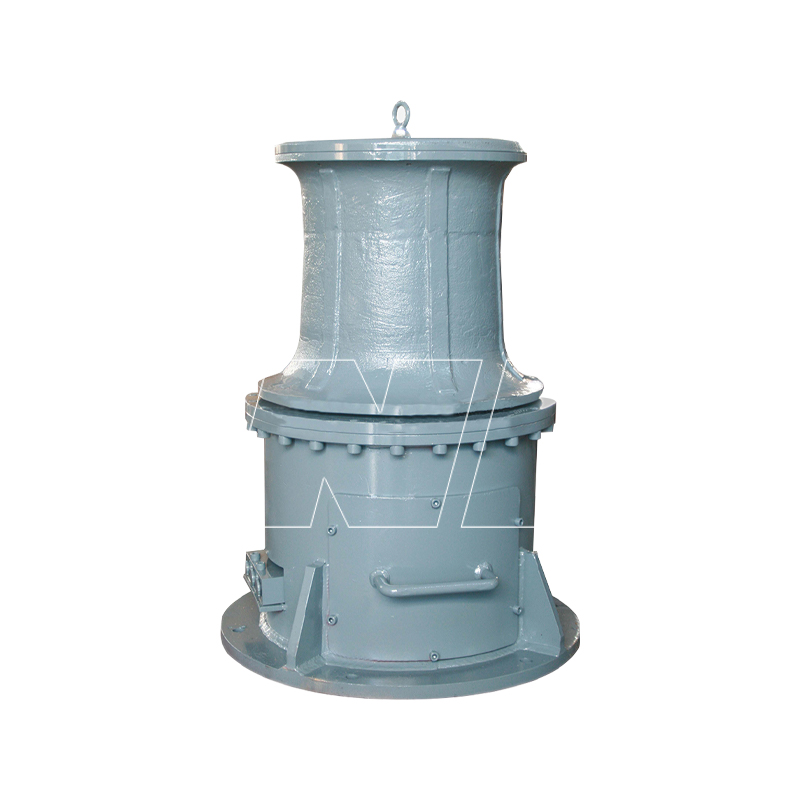

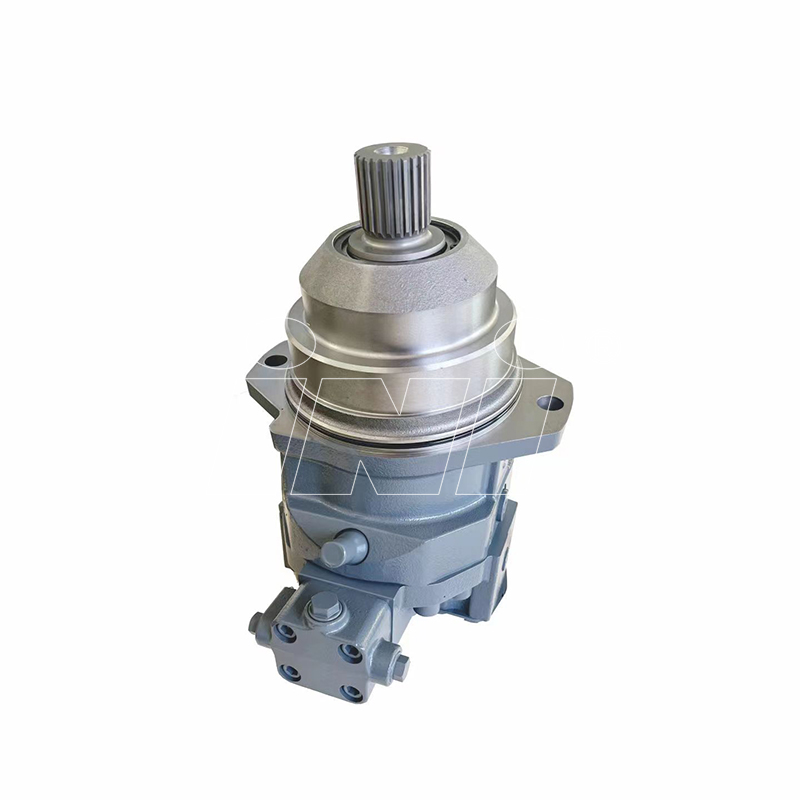

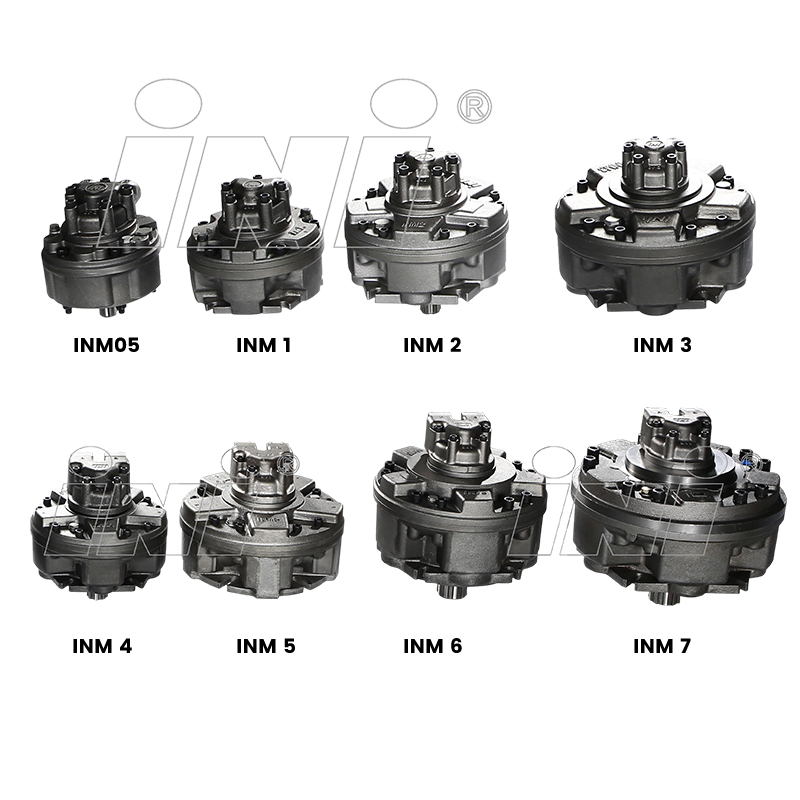

 English
English русский
русский Español
Español
 TOP
TOP